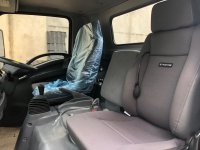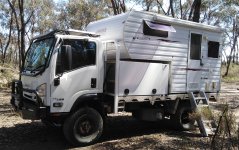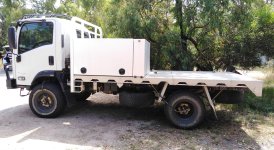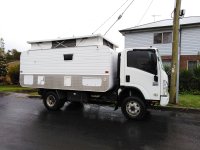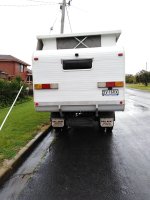iac27
Member
Looking at these two vehicles because I’m in Canada and we can import 15 year old RHD trucks from Japan. Looks like around 2007 and older are euro 2.
Looking to put a camper body on the back that’s 4.5 to 5m long for a family of three. I want to know how the cab on the NPS and FSS is for three people across. My wife is small at five feet and our daughter is currently six years old. Is this doable or recommended? I feel a crew cab would eat too much into the hantitst space.
Second is these are both diesel options, one would be either a 4.8l or 5.2l engine. Looking to find out what the fuel consumption on the NPS and FSS is. Doesn’t have to be these exact engines but just to give me a rough idea of the 6 ton vs a 10 ton vehicle is.
Thanks for your time input.
Ian
Looking to put a camper body on the back that’s 4.5 to 5m long for a family of three. I want to know how the cab on the NPS and FSS is for three people across. My wife is small at five feet and our daughter is currently six years old. Is this doable or recommended? I feel a crew cab would eat too much into the hantitst space.
Second is these are both diesel options, one would be either a 4.8l or 5.2l engine. Looking to find out what the fuel consumption on the NPS and FSS is. Doesn’t have to be these exact engines but just to give me a rough idea of the 6 ton vs a 10 ton vehicle is.
Thanks for your time input.
Ian

